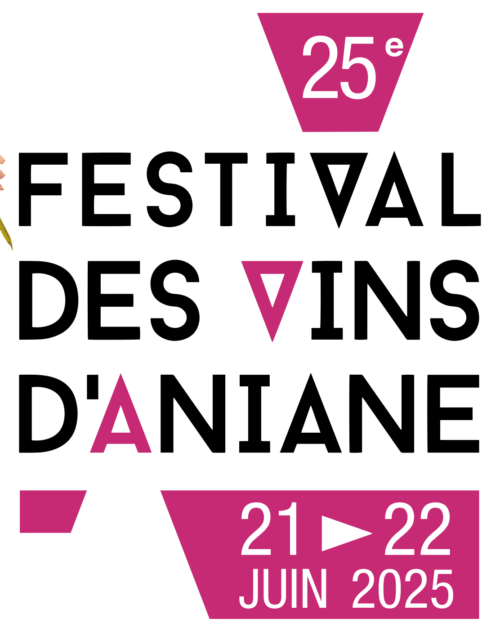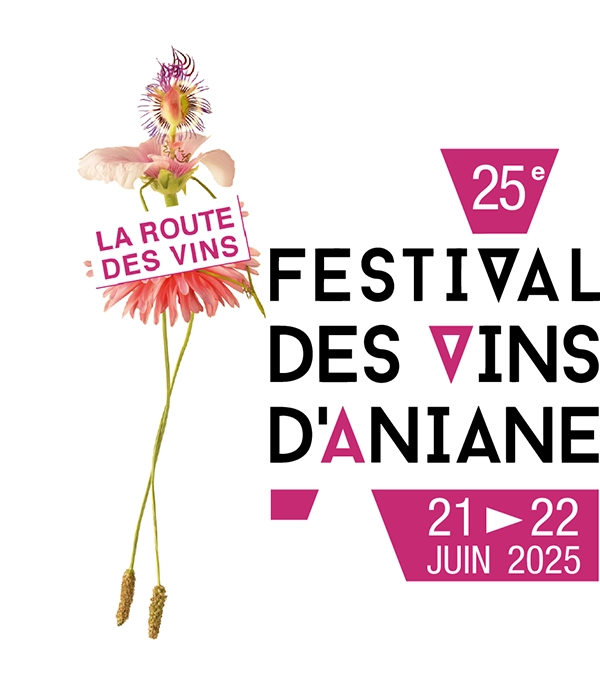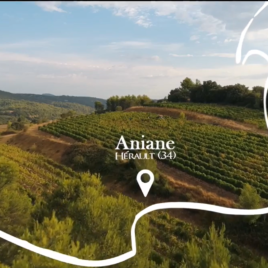
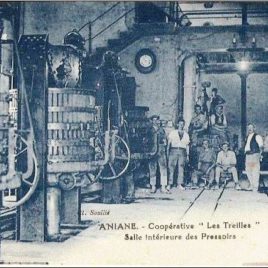
The terroir of Aniane was already perfectly suited to the cultivation of wine. However, it is under the impulse of the oenologist Enjalbert who detected the exceptional quality of the soil, that the wines of Aniane, with this so subtle aromatic pallet, imposed themselves among the greatest wines.
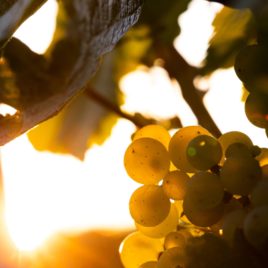
The city is located in the Hérault department, which is known for its varied topography, ranging from coastal plains to inland hills and mountains. Aniane is located in the foothills of the Cevennes Mountains, which rise to the north of the city. Aniane is therefore sheltered from the strong Tramontane winds that can blow through the region, but it can also be subject to cooler temperatures and higher rainfall than other areas of the region.
Overall, Aniane's microclimate is relatively mild and sunny, with average temperatures of about 14°C in winter and 28°C in summer. The city receives about 800 mm of precipitation per year, most of which falls in the fall and winter. However, temperatures and rainfall can vary considerably from year to year, depending on weather conditions and other factors.
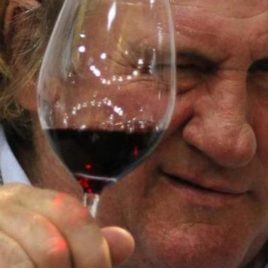
This aromatic palette quickly won over well-known artists such as Gérard Depardieu or the Californian Mondavi, pioneer of the Napa Valley (one of the first wine regions in the world with more than 400 wineries and famous for its precious Cabernet Sauvignon).
The building was completely destroyed between 1562 and 1572 during the wars of religion.
In 1633, it became part of the congregation of Saint-Maur, a congregation of French Benedictine monks founded in 1618. Known for its high level of scholarship, it takes its name from Saint Maur (died in 565), a disciple of Saint Benedict to whom the introduction of the Benedictine rule and life in Gaul is attributed. This congregation undertook a long reconstruction of the monastery, which was completed during the French Revolution.
The reconstruction project of 1661 is the one that corresponds most exactly to the realization. The church to the north has a rectangular nave with side chapels, no transept and a reduced choir, surrounded by the conventual buildings.
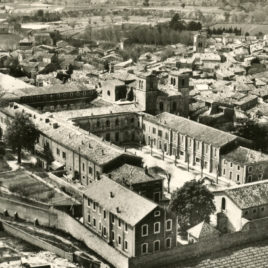
In 1842, the director of the central prison of Montpellier visited the old abbey of Aniane with the aim of installing a new penitentiary center which became operational in 1845. Major works were then carried out: new access, construction of the wings of the main courtyard, the surrounding wall, the barracks (today's elementary school); addition of a second floor on one of the conventual buildings to increase the capacity of the dormitories of the central prison.
In 1885, the central prison became a penal colony for minors. This colony welcomed minors who worked in workshops. They produced everything necessary for the institution and the other Correctional Education Houses in the country.
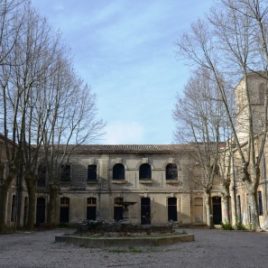
Following the closure in 1998, the site was abandoned. In 2010, the Communauté de Communes Vallée de l'Hérault bought the abbey so that it could be protected and developed, notably through excavation campaigns conducted by the CNRS.
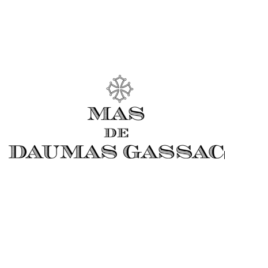
On terroirs of grèzes, glacial dust, and Lutetian limestone have been planted nearly forty varieties of vines. The respect of nature and the search for the natural expression of the Gassac valley terroir, leading to low yields, characterize the spirit of Daumas Gassac wines. Its wines (red, white and rosé) are classified outside any appellation. Nevertheless, the wines of the estate, given the exceptional quality of its vineyard terroir, have acquired a national and worldwide reputation as a "Grand Cru du Languedoc". Fruit of the meeting between the richness of a singular terroir in Languedoc and the know-how of Daumas Gassac, the Moulin de Gassac collection expresses since 1991, our will to conjugate elegance and greed.
Guibert Family
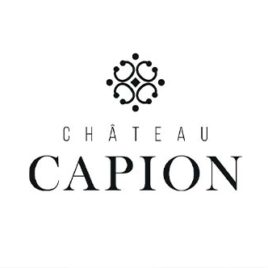
In 2016, Chateau Capion was purchased by Oleg Chirkunov. With a major overhaul of the vineyard, as well as the conversion of the estate to organic farming, a new stage in the history of Capion has begun. Today, we welcome the public all year round for our tastings and cultural events, which are always popular.
Elena Martinova
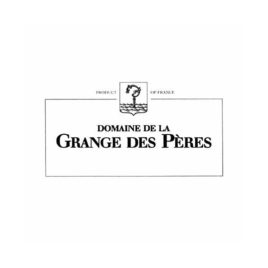
Mr. Alain Vaillé
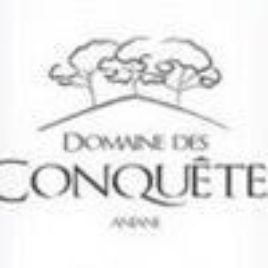
ELLNER family
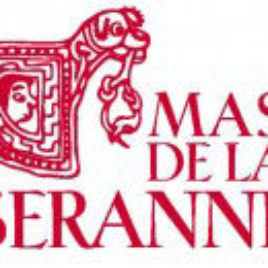
In 1998, we decided to return to our native Languedoc and change our professional life. Everything had to be created but the passion for the vine and wine was there.
At the beginning, only 5 hectares. Little by little, the estate expanded by acquiring small parcels. Today, the 17 hectares in organic farming are made up of about twenty grape varieties. Some of them are experimental in order to measure the impact of global warming on the vines. Seduced by the preserved site, we continue each year to embellish it by rebuilding the dry stone walls or by planting Mediterranean species.
Isabelle, Jean-Pierre and Amandine VENTURE
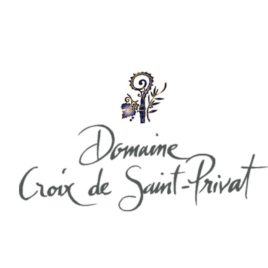
Noëlle and Olivier Ferrié
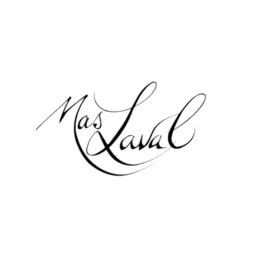
Christine and Joël LAVAL
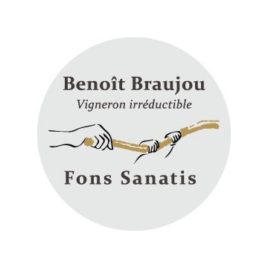
Benoït Braujou
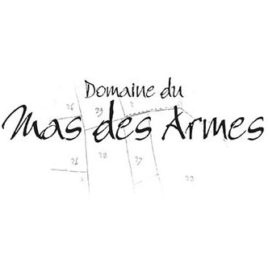
It is in a soil rich in diversity that they decided to share their passion for wine with you by opening the "360", the Mas des Armes wine cellar.
The whole team will be delighted to welcome you and help you discover their colorful, dynamic and gourmet wines, as well as their terroir.
"Let yourself be surprised and seduced for moments of conviviality and pleasure.
Marc and Régis Puccini
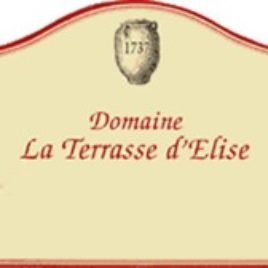
A tireless worker and meticulous winemaker, knowing where he is going, the self-taught winemaker today knows his terroir perfectly, and also masters his maturation, as well as the time of "rest" if necessary after a bottling.
Without concession, he does not hesitate to keep in the cellar a wine that could disappoint in its youth but that will prove to be exceptional in a few years.
As it is also the philosophy of Vignerons d'Exception, we fell in love with it. After tasting, it was impossible not to select these wines, even if illustrious neighbors located around the famous village of Aniane are already well present in our cellars (Cal Demoura, Chabanon, Daumas Gassac, Montcalmès ... among others).
Xavier Braujou

Pierre Vaïsse
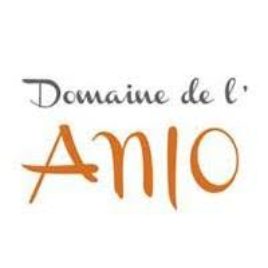
This wine, harvested with care, is a charming wine, with greedy notes of red fruits. It is thanks to the help of Sébastien Carceller, a talented winemaker, that the wines of Anio take on all their grandeur. A wine to share in conviviality on many occasions.
Marie-Christine and J. Pierre Vanruyskensvelde

Stéphanie Causse / Laurent Dubois
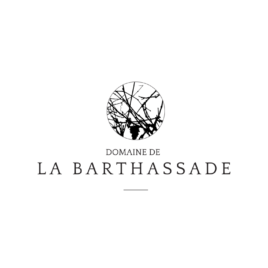
Mr. and Mrs. Baron Guillaume and Hélène
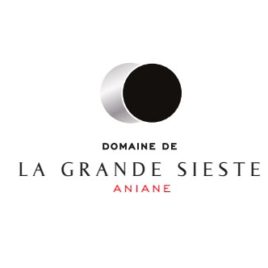
This family cultivates 14 hectares of vines on an exceptional terroir: Aniane.
The estate produces elegant, fruity wines with a nice freshness.
Leticia and Boris Leclercq
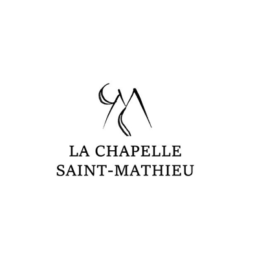
The domain La Chapelle Saint-Mathieu was able to pay tribute to the former owner of the domain's land. It is with great emotion that Mr. JOURDE found his name on the labels of the domain, thus "rebirth" of his former property. Anxious to differentiate himself from the labels of La Rectorie, Jean-Emmanuel Parcé wanted to highlight his works of art to dress his vintages in order to better distinguish himself.
Xavier JAOUL
